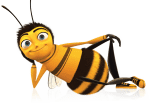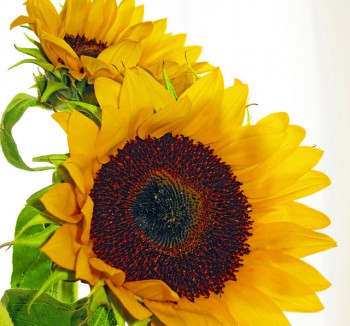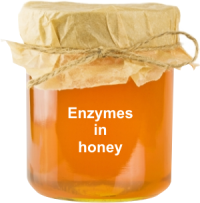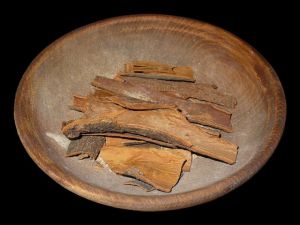1. Honey made in China.
(to be read “technologically manufactured”) In November 2011, Food Safety News announced that Vaughn Bryant, director of the Palynology Research Laboratory, had made a sad discovery: 75% of the honey on US supermarket shelves contained no pollen at all, having been made through an ultrafiltration technique perfected by Chinese producers. (Smart people, I would say, yet if they think we should eat that stuff, they are more under the intelligence of a bee.)The pollen is like the honey’s DNA, and without it, there is no proof of the country of origin or a real proof that the product is legally honey. (You can find the entire document in the references of this post.)
It is believed that this was done because the USA banned honey imports from China, due to its too low price. (Doing this, it encouraged local farming.) By ultrafiltrating the honey, the country of origin remains a mystery.
2. Honey coming from flowers pulverized with insecticides.
If the honey is produced in a hive, there are other factors we should worry about, and all come to compromise the quality of honey. For example in the United Kingdom forage conditions for bees are compromised because of the neonicotinoids considered “plant protection substances”. These are systemic insecticides, water-soluble and mobile in soil. According to latest research they will, in time, spread throughout nature, causing irreversible damage to non-target insects, and are already affecting bird populations. And, of course, affects the quality of the flower itself. Consequently some European countries banned their use. But who knows what’s the exact situation when one goes to a supermarket and all one sees is a jar with an incredible happy bee on a golden background that raise all the senses?
If you want to find out more about this, read the document here: http://www.step-project.net/files/DOWNLOAD2/Are-Neonicotinoids-Killing-Bees_Xerces-Society1.pdf
3. Honey from bees fed with sugar.
Out of greed and unconsciousness, beekeepers take all the honey from the hives, not leaving anything for the bees, for the winter. They replace it with sugar syrup. Of course there are situations, the season is a failure for example, when the bees must be fed, and not let them to starve. Still, there are other methods, and beekeepers can find this page very valuable: bushfarms.com/beesfeeding.htm
4. Honey from bees treated with antibiotics.
Some antibiotics are used as preventive or therapeutic treatments to protect the bees from extremely dangerous bacterial diseases. But only one gram of antibiotics can contaminate a ton of honey. Thus, taking an infinitesimal quantity of antibiotics we get a homeopathic effect, and become resistant to that antibiotic. We get to ‘treat’ our health with synthetic medicine instead of improving our health with natural products.
5. “Improved” honey.
After the honey was harvested, producers alter its natural features to increase its commercial quality. There are several methods to do this:
– to correct the taste they use different substances like sugar, molasses, industrial glucose, glycerin;
– to correct the color: caramel and aniline colors;
– to raise consistency: starch, gelatin, glue, pectic substances and various gums;
– to prevent fermentation: salicylic acid and benzoic acid;
– to neutralize acidity: carbonate, bicarbonate and sodium hydroxide;
– to correct the sediment: pollen – collected by bees or manually;
– to correct the enzymes: extracts from yeast cultures.
If you know any other ways of faking honey, please comment here and we will spread the news together, so everyone should know how to stay away from it.
Related posts:
Fake honey! Do you really know what you’re eating?
references:
http://www.foodsafetynews.com/2011/11/tests-show-most-store-honey-isnt-honey/#.Ux8qXj-Szki
http://www.beecharmers.org/Pollination2.html





